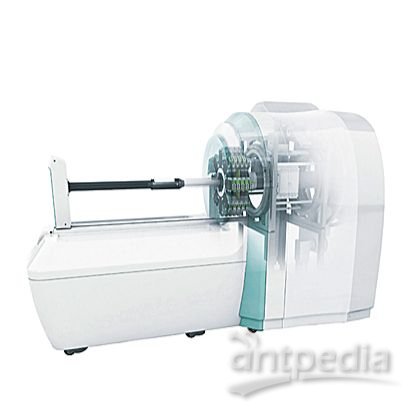IL 5 Signaling Pathway

IL-5 is an inflammatory signaling molecule that primarily stimulates eosinophil proliferation, maturation and activation. Eosinophils are leukocytes involved in inflammatory responses that defend against parasites and cause some aspects of asthma, allergic reactions, and perhaps autoimmune disorders. The action of IL-5 begins with an immune response in tissues, such as activation of macrophages and T cells that secrete IL-1, IL-4 and IL-6. The immune response can lead to IL-5 secretion by T cells, eosinophils and mast cells. Secreted IL-5 stimulates production and maturation of eosinophils in bone marrow that migrate to tissues in response to eotaxin and release factors that damage tissues, causing some of the undesirable consequences of inflammation. The receptor for IL-5 is a heterodimer of an alpha subunit that is required for IL-5 selective binding and a beta subunit that is also part of the IL-3 and GM-CSF receptors. Binding of IL-5 to the IL-5 receptor at the cell surface activates JAK/STAT signaling pathways that regulate transcription, proliferation, and differentiation.
Contributor: Glenn Croston, PhD.
REFERENCES:




















